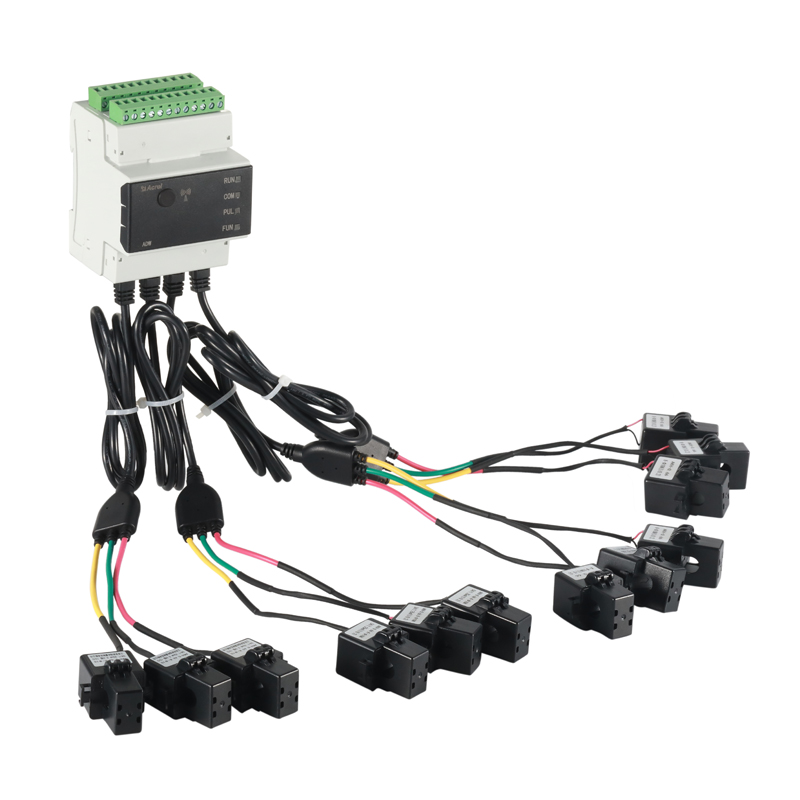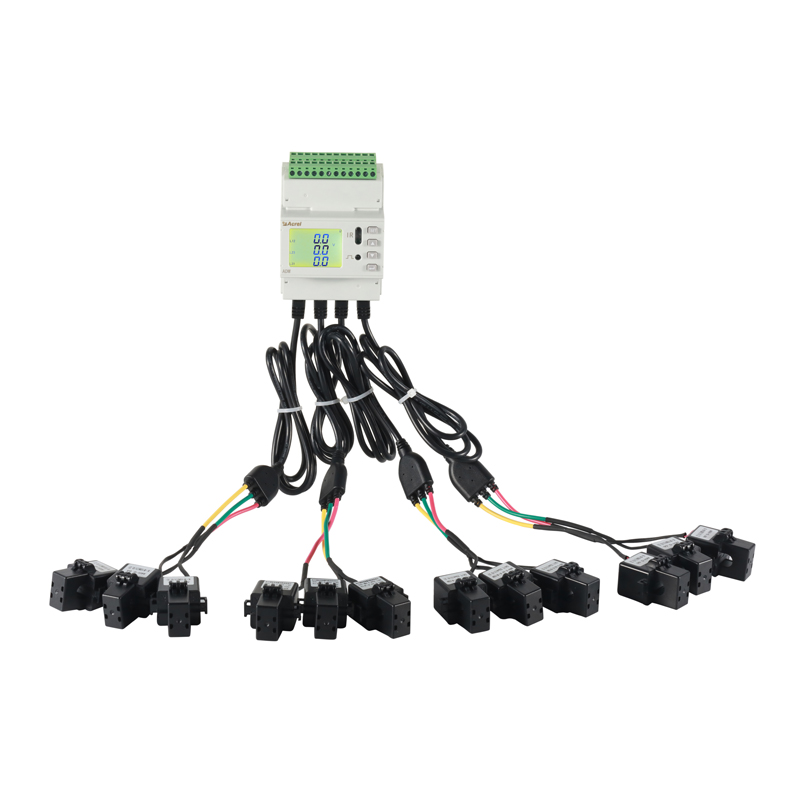
This article is produced by NetEase Smart Studio (public number smartman 163). Focus on AI and read the next big era!
[Netease smart news October 21 news] Imagine now 2027, or 2037, this is the era of self-driving cars. Urban residents no longer drive their own cars, but use special car services. Street parking has been replaced by wider sidewalks and bicycle lanes, and developers are busy transforming the garage into more demanding homes.
The MIT Real Estate Research Center pointed out in a report that this is an outlook on how the future of autonomous vehicles will affect US real estate. But this is not the only one. According to a report sponsored by a division of Capital One Financial, even though recycling parking spaces are fueling the construction boom in the city center, self-driving cars will encourage builders to further expand on the edge of the city because they believe that buyers do not have to Drive, so will be able to tolerate longer commuting time.
In the first scene, the city became more like New York, has walking streets, and hordes of automated vehicles used for public transportation. In the second case, they become more like Dallas or Phoenix, and the two cities have now become a collection of suburbs.
"This is a polarization," said Albert Saiz, co-author of the paper, which also covered topics such as the future of retail space and strategies for producing more affordable housing. "I think these two situations will happen at the same time."
It is still unclear whether fully self-driving cars are ready for the road and how the government will choose how to supervise them. According to data compiled by Management magazine, parking tickets, vehicle registrations, and other related revenues in the 25 largest US cities last year totaled 5 billion U.S. dollars. Governments must also cope with the possibility that, as the cost of vehicles falls, car rental companies may overburden the roads.
According to a study by the Regional Planning Association this month, in New York, until 2040, "land use planning will be changed forever," to accommodate autonomous vehicles. The association is a city research and advocacy organization for metropolitan areas.
Despite this, Saiz is still optimistic that self-driving cars will free up space to build. Rick Palacios, research director at John Burns Real Estate Consulting, said that developers have begun targeting parking structures, gas stations and car dealerships, betting that they will be able to redevelop these sites after the ownership of the car expires.
Palacios also expected that self-driving cars would boost the expansion of the suburbs, but in his view, the builders would start from the redevelopment of the city center and turn to the suburbs after completing the renovation of the parking lot and other legacy sites.
In a September research brief, Palacios wrote that other potential impacts on the real estate market may include driverless cars that will help older people remain independent for longer, slow home sales, but also reduce assisted living. The demand for facilities. The decoration industry may be boosted as older homeowners invest funds in refurbishing their homes for the rest of their lives. He believes that construction costs will drop when drones are used to transport materials.
On the one hand, it is difficult to predict how or when these changes will occur. On the other hand, it is difficult to know how they will affect the real estate value. Palacios said that exploitable land may temporarily slow the rate of increase in the city's prices. He added that once renovated, the value may rise.
Saiz said in a follow-up e-mail that in urban areas where population density is already high, driverless cars may stimulate more middle-classization and further increase real estate value. On the other hand, these cars can boost real estate prices by creating new supplies in the suburbs.
He said: "Everything is still unknown." (From: Bloomberg Translation: Netease Robot Reviewer: Xiaowei)
Pay attention to NetEase smart public number (smartman163), get the latest report of artificial intelligence industry.
Multi Circuit Iot Energy Meter
ADW200 rail type multi circuit IoT Energy Meter is mainly used for various three-phase power parameter measurement and active and reactive power measurement of low-voltage networks. At the same time, the current input of up to four circuits can be selected. three phase multi channel iot energy meter has RS485 communication and 470MHz wireless communication functions. A variety of expansion modules are available to facilitate users to monitor, collect and manage electricity consumption. lora power meter can be flexibly installed in the distribution box to realize sub-item electric energy measurement, statistics and analysis for different areas and different loads.
Multi circuit wireless 3 phase energy meter can upload data to own developped iot management system,equipped with acrel wireless kwh meter or wireless communication gateway can meet the wireless upload with 4G,wifi and lora.Avrel wireless power meter have been used all over the world.
Acrel IoT Energy Management System is a comprehensive system including
the functions like real-time electricity parameters monitoring,in-time
fault alarm processing and remote control of IoT devices which could
support all the Acrel products connected with it.
Due to a
complete devices`factory setting plan, our users could utilize the
functions above once they got their IoT devices like energy meters power
on without any additional adjustment through our Acrel website IoT
platform and IoT APP designed for mobile phone.


multi channel iot energy meter,lora power meter,wireless 3 phase energy meter,wireless kwh meter,wireless power meter
Jiangsu Acrel Electrical Manufacturing Co., LTD. , https://www.acrel.com.pk